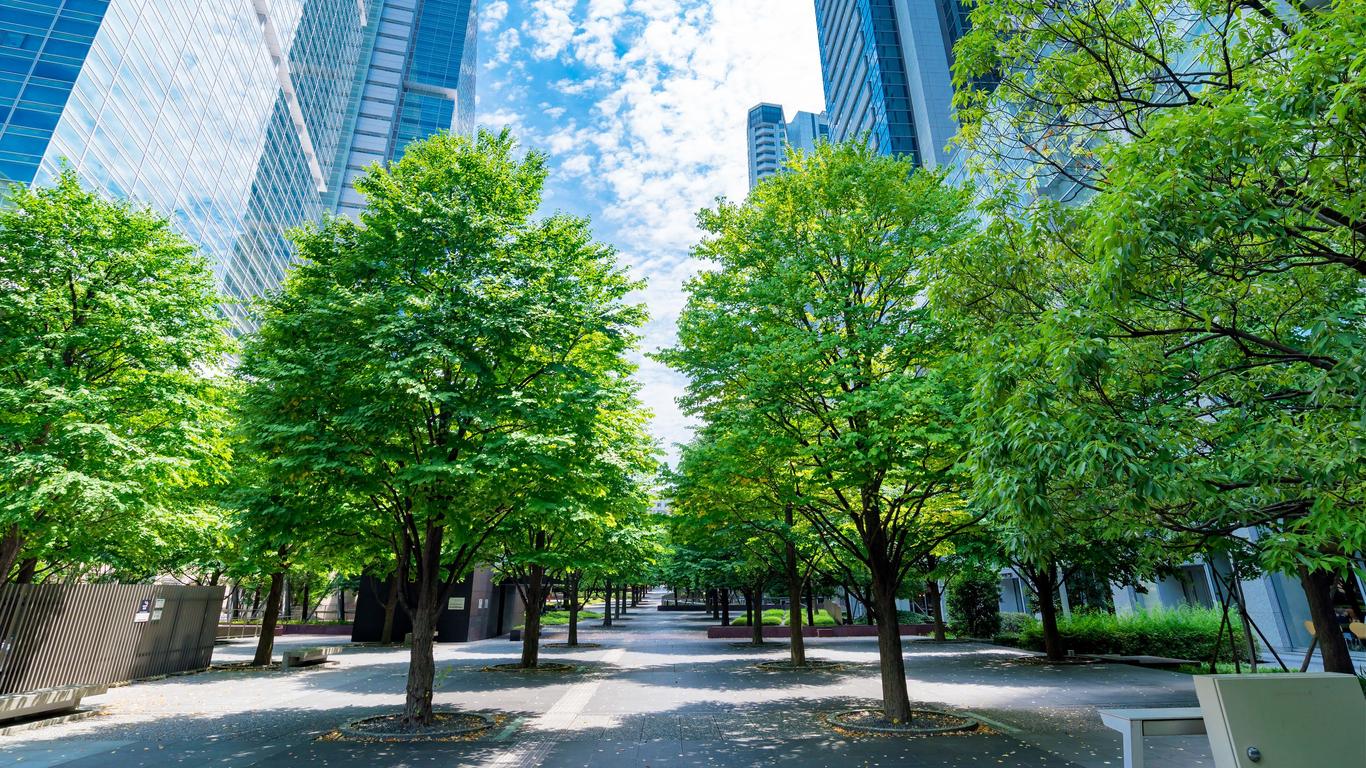In the enormous metropolis of Tokyo, Shinagawa is one of the most conveniently located wards for foreign visitors. Shinagawa is exceptionally connected, with Shinagawa Station being arguably the most important railway hub in the entire country. As such, a proliferation of hotels and tourist restaurants fill the ward, focused on both business and tourist visitors.
Shinagawa is a busy modern suburb that's relatively light on attractions. The Takanawa district rises on the hills to the west of Shinagawa Station and is home to many foreign embassies and upmarket hotels, as well as the Hara Museum of Contemporary Art. Konan district rises skyward to the east, filled with glass-fronted skyscrapers and restaurants.
The last remaining glimpse of Shinagawa's history is found on Kyu-Tokaido (literally Former Tokaido Street), due south of the station. Follow the street uphill, past the traditional shops, to the early 12th century Shinagawa Shrine. But for most visitors, Shinagawa is a jumping-off point for exploring the wider Tokyo area, as numerous railway and suburb lines intersect here.
Shingawa is ten minutes by train from Tokyo Station and 18 minutes from Shinjuku Station. Express Narita Airport trains depart from Shinagawa Station, as do direct trains to Haneda Airport and Yokohama. The Tokaido Shinkansen line offers bullet train connections with Kyoto, Osaka, and destinations in the west of Japan.
The abundance of hotels and guesthouses in Shingawa has an historical narrative. During the 17th and 18th centuries, Shingawa was the first of 53 post towns, essentially resting places for those on route to and from what is now called Tokyo. Back in the 17th century, Shingawa had Japan's highest concentration of traveller accommodation and that feat continues in the 21st century.





